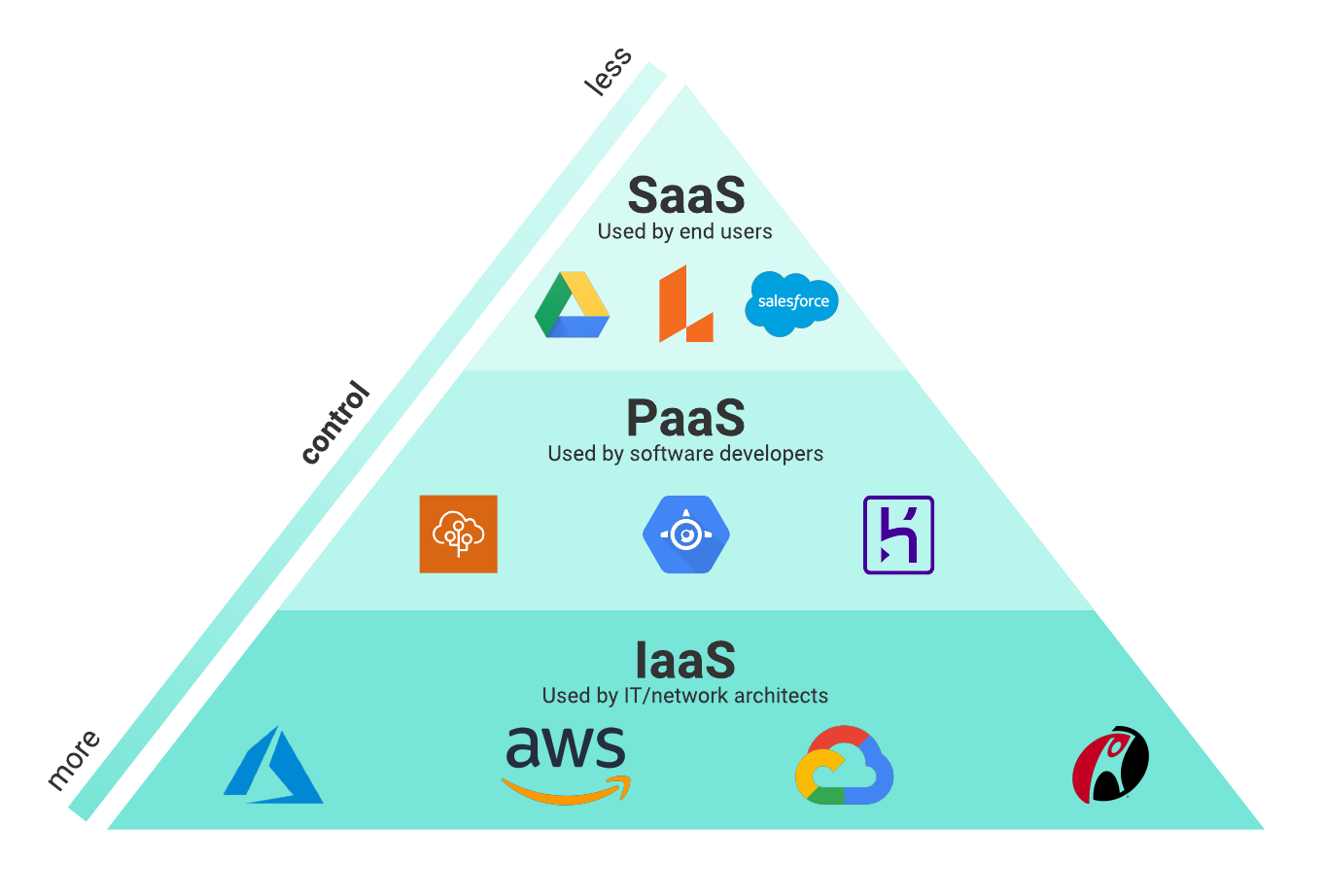Achieve Seamless Scalability With Cloud Provider
In the ever-evolving landscape of cloud services, achieving smooth scalability stands as a keystone for modern companies seeking to remain affordable and adaptable. The capability to easily broaden or contract resources in reaction to transforming needs is a critical advantage in today's fast-paced electronic setting. By mastering the art of scalable cloud services, organizations can not only enhance efficiency and simplify operations but additionally lead the way for future growth and technology. The pursuit for seamless scalability with cloud solutions reveals a world of possibilities for those happy to embrace the transformative power of dynamic resource administration.
Advantages of Cloud Scalability
Cloud scalability provides companies the adaptability to dynamically readjust sources based on demand, guaranteeing optimal efficiency and price efficiency. One vital benefit is the capacity to range sources up or down quickly in action to varying work. This dexterity enables companies to meet transforming consumer demands without over-provisioning resources, inevitably leading to cost savings. Scalability additionally improves efficiency by ensuring that systems can handle raised web traffic or work without experiencing downtime or stagnations. By successfully allocating resources, organizations can keep high levels of efficiency during peak times without unneeded expenses throughout quieter durations. Furthermore, cloud scalability advertises technology and testing by enabling organizations to conveniently examine brand-new concepts and scale them as needed. This versatility encourages a society of continual enhancement and adaptation, making it possible for companies to remain competitive in a rapidly advancing market landscape. Inevitably, the advantages of cloud scalability extend beyond cost savings to include enhanced performance, dexterity, and technology.
Secret Attributes for Scaling
Efficient scaling in cloud solutions counts on crucial functions that make it possible for companies to change resources dynamically based on demand. One essential function for scaling is elasticity, permitting sources to scale up or down in reaction to changing workloads. This makes certain that companies can satisfy efficiency needs without over-provisioning sources. Another key function is scalability, enabling systems to deal with enhanced workload by adding sources effortlessly. This function is critical for suiting growth without endangering efficiency. Furthermore, automation plays a crucial function in scaling by automating the provisioning and de-provisioning of sources based upon predefined policies. Automation decreases human treatment, improves efficiency, and makes sure quick response to changing needs. Tracking and analytics tools are additionally vital for scaling, providing insights right into resource usage, performance metrics, and prospective bottlenecks. These devices enable organizations to enhance and make educated choices source allotment for reliable scaling. Generally, these vital functions collectively encourage companies to achieve smooth scalability in cloud services.
Applying Auto-Scaling Techniques
To properly maximize resource allotment and adjust to differing workloads, companies need to strategically execute auto-scaling techniques in their cloud services infrastructure. Auto-scaling allows systems to instantly adjust the variety of calculate resources based upon real-time demand. There are various auto-scaling methods that companies can utilize, such as anticipating scaling, which utilizes historical information to forecast future resource needs, and responsive scaling, which replies to current work changes.
:max_bytes(150000):strip_icc()/cloud-computing-4199287-f346729f8f574000a3058b9ad69e9a41.png)
Best Practices for Scalability
For organizations aiming to boost their scalability in cloud solutions, carrying out best practices is important for optimal efficiency and source monitoring. One trick ideal technique is designing applications with a microservices style. This technique breaks down applications into smaller, independent solutions that can be released, updated, linkdaddy cloud services and scaled independently, enabling better adaptability and scalability.
Another crucial method is utilizing containerization innovation, such as Docker or Kubernetes. Containers allow the product packaging of applications and their dependences right into isolated devices, making it much easier to scale elements independently and release them constantly across various settings.
Additionally, applying automated release and facilities as code (IaC) can improve scalability efforts (linkdaddy cloud services). Automation devices like Terraform or Ansible assistance in provisioning and handling sources effectively, reducing hand-operated mistakes and enabling rapid scalability
In addition, keeping track of performance metrics, establishing alerts, and performing regular capability planning are essential practices to make certain positive scalability administration. By sticking to these finest techniques, organizations can achieve smooth scalability in their cloud services while maximizing performance and resource usage.
Tracking Efficiency Metrics
When examining the performance of cloud services scalability, carefully keeping track of performance metrics is crucial for making sure optimal performance and resource appropriation. By constantly tracking vital efficiency indicators (KPIs) such as feedback times, latency, source, and throughput application, companies can acquire beneficial understandings into the health and efficiency of their cloud framework. Keeping track of efficiency metrics enables the very early detection of potential bottlenecks or problems that can impact scalability, enabling positive actions to be taken to resolve them before they escalate.

Conclusion
To conclude, achieving seamless scalability with cloud services is crucial for companies to optimize performance, enhance development, and maintain high performance levels during peak times. By leveraging the advantages of cloud scalability, implementing auto-scaling approaches, utilizing essential attributes such as flexibility and automation, and following best techniques like application style and efficiency tracking, services can efficiently scale their systems while taking full advantage of resource utilization and efficiency.
The mission for smooth scalability with cloud solutions introduces a globe of opportunities for those willing to welcome the transformative power of dynamic source monitoring.
Cloud scalability offers companies the flexibility to dynamically change resources based on demand, making sure optimal efficiency and cost effectiveness. An additional key function is scalability, allowing systems to handle increased workload by including resources seamlessly.For organizations intending to improve their scalability in cloud services, applying finest methods is critical for optimal efficiency and source management.When assessing the efficiency of cloud solutions scalability, closely checking performance metrics is essential for making certain optimal capability and resource allocation.